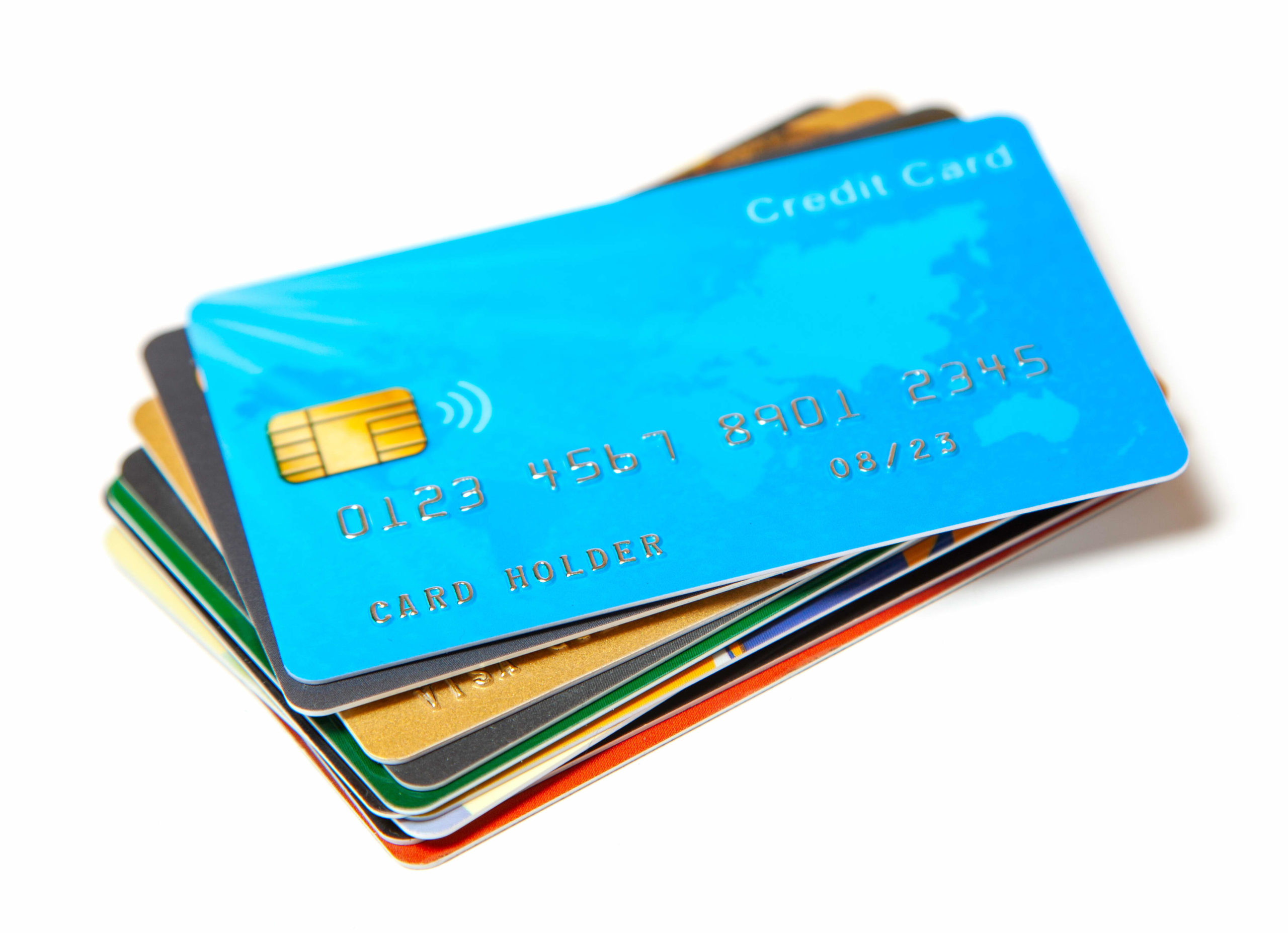It might seem like a simple question, but the answer may surprise you. It’s not always the credit card issuer who sets the annual percentage rate (APR) on your card. In fact, in many cases, it’s actually the credit union or bank where you’re applying for your card that determines what APR they’re willing to offer you.
The Truth About APR
APR is the annual percentage rate or cost of borrowing money. It’s a percentage of your balance that you’ll be charged if you don’t pay your credit card off in full every month. The higher your APR, the more it costs to borrow money from a bank or other financial institution like a credit card company.
So how does this interest rate get set? What influences how much we pay for things like our mortgage and car loans? Well, there are two factors at play: supply and demand for capital (money), which affects interest rates, inflation expectations, or what economists think will happen to prices over time (i.e., if they expect prices to rise or fall).
How is APR determined?
According to the SoFi website, “The lender will look at the person’s credit score and credit history, as well as factors like their payment history and debt-to-income (DTI) ratio, which represents how much of an individual’s gross income is already going toward debt payments. In general, someone with a good payment history and credit score and a lower DTI ratio will qualify for a better APR.”
How to Find a Good APR
- Look for a low APR. The annual percentage rate is the interest charged by the bank on your credit card balance, and it’s important to find a good credit card APR if you want to avoid paying extra fees. The lower your APR, the less likely you’ll be paying back more than what you owe in interest charges—and the less likely you are to get into trouble with late payments or other penalties.
- Look for no annual fee (or at least one that’s affordable). Most credit cards charge an annual fee just like any other type of payment method would—and while some people aren’t bothered by this charge (especially if they use their cards regularly), others feel that it’s an unnecessary expense on top of everything else they’re spending money on every month. If this sounds like something that would bother you too much, consider looking for a card without an annual fee rather than trying to find one that’s affordable enough but still acceptable.
- Avoid foreign transaction fees by choosing a no-foreign-transaction-fee card from our list of best travel rewards cards instead!
Credit Card APR vs. Interest Rate
The annual percentage rate is the interest rate charged on your credit card. It’s often expressed as a percentage of your outstanding balance, but it can also be stated as a flat amount per transaction if that’s more convenient for you.
The interest rate you pay will vary depending on your creditworthiness and the terms of your agreement with the card issuer, but in general, APR translates to “annual interest rate” or “annual percentage rate.” This is how much money you’re going to end up paying in total over time if you don’t pay off your balance by the due date each month and don’t have any late fees assessed against it.
The bottom line is that if you’re looking for a credit card, it’s important to know what APR means, why it matters and how to get an accurate rate. In addition, we recommend checking out our guide on how to pick the best credit cards and finding the perfect rewards program for your spending habits.






